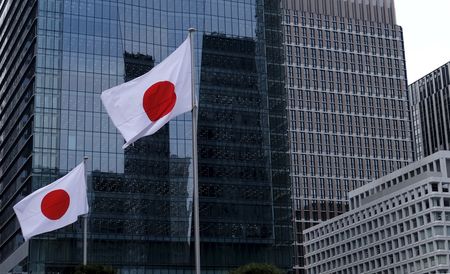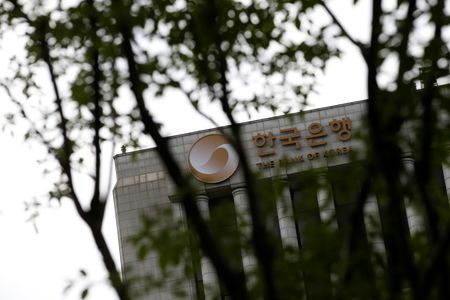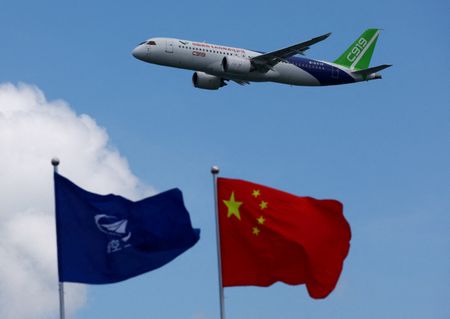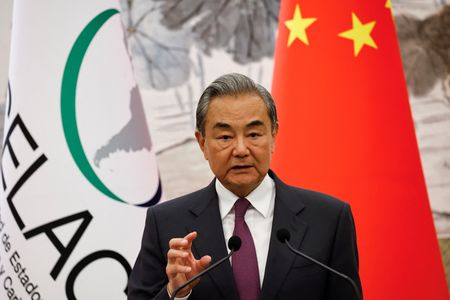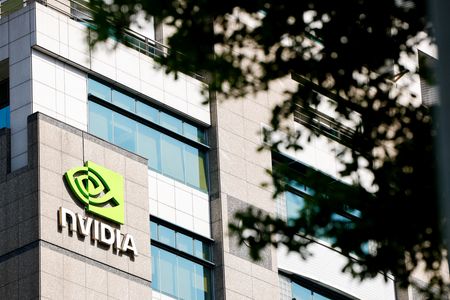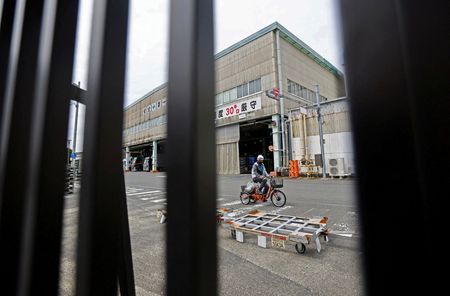By Kevin Buckland
TOKYO (Reuters) – Japan’s Nikkei share average will climb about 5% by end-year as uncertainties over U.S. trade policies that have been holding the index back continue to clear up, although volatility is likely in the near term, according to equity strategists in a Reuters poll.
The Nikkei is forecast to trade at 39,600 at the end of December, according to the median estimate of 17 analysts polled between May 15 and 27, up from Tuesday’s close of 37,724.11.
It was predicted to trade at 40,875 in mid-2026, up 8.35%, and at 42,000 by the end of that year, an 11.33% increase.
Three analysts predicted the Nikkei will top July’s all-time peak of 42,426.77 by June next year, and two analysts saw it doing so by end-2026.
“The current uncertainty around tariffs and U.S. trade policy should be in the rear-view mirror” heading towards the end of this year, said Tony Sycamore, an analyst at IG, who predicts the Nikkei will end December at 40,000 and rise to a record 44,000 a year later.
“This will allow the market to revert back to trading the fundamental drivers, such as a weak yen, still-low interest rates and strong corporate earnings.”
Japanese stocks have swung wildly in the months since reaching that record high, dropping as much as 27% into a bear market by the start of August, mostly tracking sell-offs on Wall Street as worries about the health of the U.S. economy came to a head.
They recovered almost as quickly in the run-up to the U.S. presidential election, but then suffered another precipitous tumble of nearly 20%, rocked by Donald Trump’s tariff policies.
TIGHTENING CYCLE
The usually safe-haven yen has likewise been volatile, climbing some 14% from a nearly four-decade trough to the dollar set in July, although it remains cheap by historical standards. A weak currency helps Japan’s export-dependent economy by boosting the value of overseas earnings in yen terms.
While the Bank of Japan is an outlier among global central banks in raising interest rates, the tightening cycle started from an extremely low base and the pace has been slowed by uncertainties surrounding global trade.
For the time being, those uncertainties will keep stock market volatility elevated, said Oxford Economics economist Norihiro Yamaguchi, who predicts only marginal gains for the Nikkei through to end-2026, when it will be at 38,900, making him one of the most bearish forecasters.
Just over half of analysts who answered an additional question, or seven of 12, said a correction – usually defined as a decline of 10% or more – was unlikely. The other five said it was likely.
They were also divided on whether corporate earnings this year will top the strong batch from 2024, with six predicting marginally higher results and six expecting a marginal decline.
Where analysts agree is that more clarity over global trade policy is needed in order to make more confident forecasts.
Nomura’s head of macro research, Yunosuke Ikeda, said Trump’s “shocking” tariff announcement on April 2 forced the firm to flip forecasts for 7% earnings growth to -7%.
Following some progress with China and the 90-day pause on the latest levies, that earnings forecast currently stands at -3%.
Ikeda expects the Nikkei will rise only modestly to 39,500 by year-end and reach 41,500 a year later.
(Other stories from the Reuters Q2 global stock markets poll package)
(Reporting by Kevin Buckland; Additional reporting by Rocky Swift, Junko Fujita and Noriyuki Hirata; Additional polling by Sarupya Ganguly and Renusri K; Editing by David Holmes)

